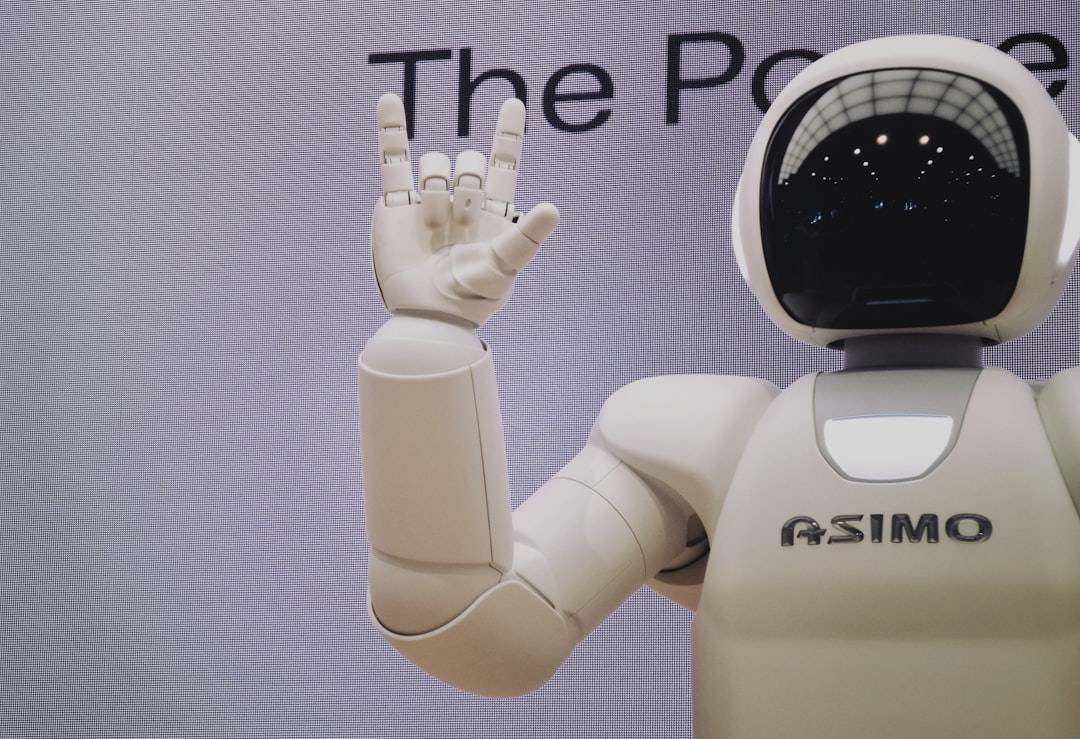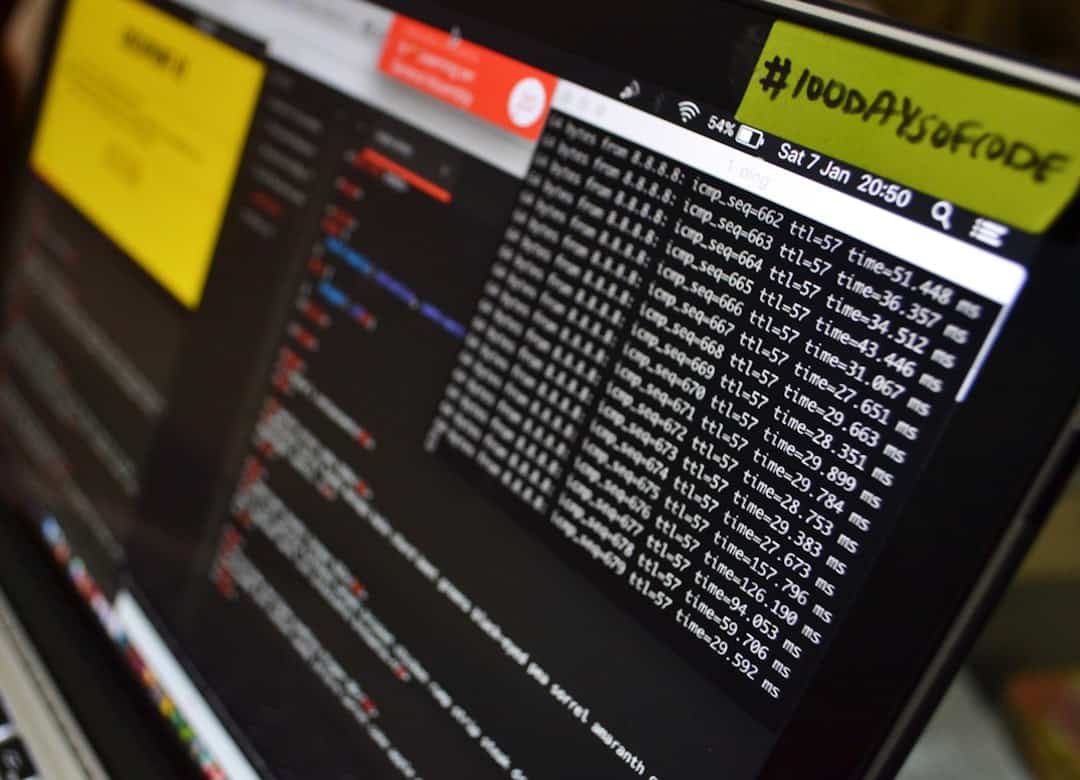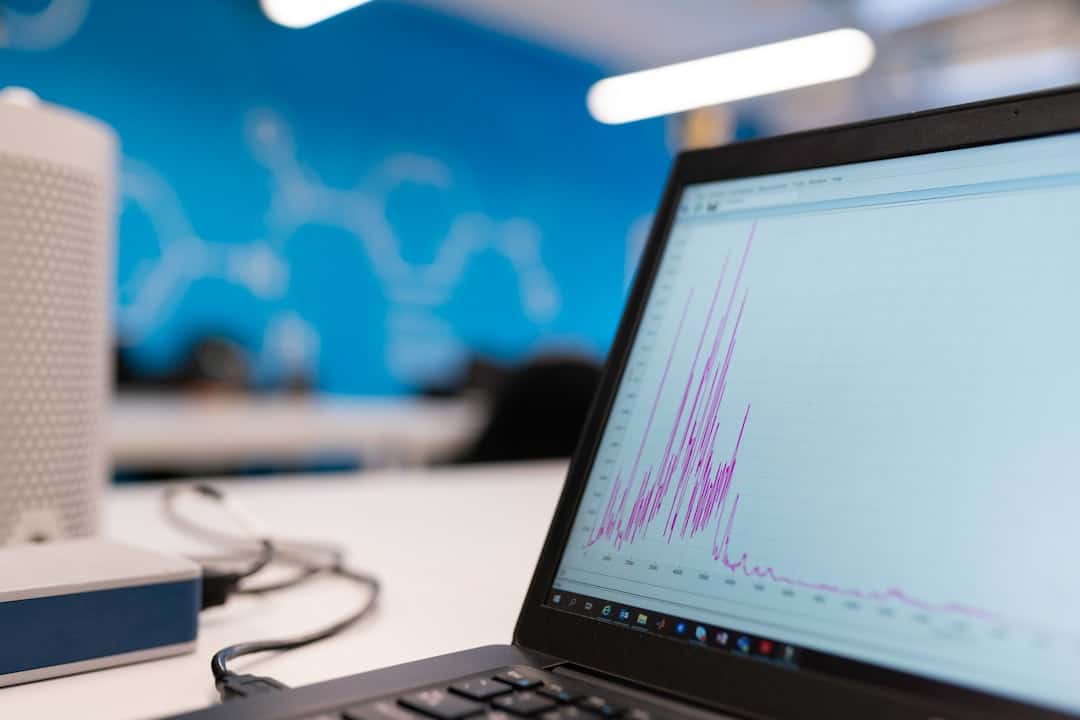In the modern digital era, cybersecurity has become a critical concern. The increasing dependence on technology for communication, business operations, and personal data storage has elevated the importance of protecting sensitive information from cyber threats. Individuals, businesses, and governments now prioritize Cybersecurity to safeguard against various risks, including data breaches, identity theft, ransomware attacks, and other malicious activities that can have severe consequences.
Without adequate cybersecurity measures, entities face potential financial losses, reputational damage, and legal liabilities. As technology advances and cyber threats become more sophisticated, the significance of cybersecurity continues to grow. Cybersecurity is crucial not only for protecting sensitive data but also for maintaining the integrity and reliability of digital systems and networks.
The increasing interconnectedness of daily life through the Internet of Things (IoT) has raised concerns about the potential impact of cyber attacks on critical infrastructure, such as power grids, transportation systems, and healthcare facilities. A successful cyber attack on these systems could have far-reaching consequences, disrupting essential services and posing significant risks to public safety. Therefore, cybersecurity plays a vital role in safeguarding against these potential threats.
In essence, cybersecurity is essential for protecting sensitive data, maintaining the integrity of digital systems, and ensuring the safety and security of individuals and society as a whole.
Key Takeaways
- Cybersecurity is crucial in the digital age to protect sensitive data and prevent cyber attacks.
- Emerging threats and challenges in the cybersecurity industry include ransomware, phishing, and IoT vulnerabilities.
- Trends and innovations in cybersecurity technology include AI and machine learning, blockchain, and zero-trust security models.
- Government regulations play a key role in data protection, with laws like GDPR and CCPA shaping the cybersecurity landscape.
- The growing demand for cybersecurity professionals highlights the need for skilled individuals to combat cyber threats.
- Best practices for protecting data in the cybersecurity industry include regular security audits, employee training, and encryption protocols.
- The future of cybersecurity is projected to involve increased use of AI for threat detection, more stringent regulations, and a focus on securing IoT devices.
Emerging Threats and Challenges in the Cybersecurity Industry
Ransomware Attacks: A Growing Concern
One of the most pressing emerging threats is the rise of ransomware attacks, which have become increasingly sophisticated and damaging in recent years. Ransomware attacks involve malicious actors encrypting a victim’s data and demanding a ransom for its release. These attacks can have devastating consequences for businesses and individuals, causing financial loss and reputational damage.
The Expanding Attack Surface
Another emerging threat is the proliferation of internet of things (IoT) devices, which are often poorly secured and vulnerable to cyber attacks. As more devices become connected to the internet, the potential attack surface for cyber criminals continues to expand, posing significant challenges for cybersecurity professionals. Furthermore, the increasing use of artificial intelligence (AI) and machine learning in cyber attacks presents another significant challenge for the cybersecurity industry.
New Frontiers in Cyber Attacks
The growing sophistication of social engineering attacks, such as phishing and spear phishing, has made it increasingly difficult for individuals and organizations to identify and defend against these types of threats. As cyber threats continue to evolve and become more complex, the cybersecurity industry must adapt and innovate to stay ahead of malicious actors. In summary, emerging threats such as ransomware attacks, IoT vulnerabilities, AI-powered cyber attacks, and social engineering tactics present significant challenges for the cybersecurity industry.
Trends and Innovations in Cybersecurity Technology

The field of cybersecurity is constantly evolving, driven by technological advancements and innovative solutions to combat emerging threats. One of the most significant trends in cybersecurity technology is the increasing use of artificial intelligence (AI) and machine learning to enhance security measures. AI-powered solutions can analyze vast amounts of data to identify patterns and anomalies that may indicate a potential cyber threat.
This can help organizations detect and respond to security incidents more effectively, reducing the risk of data breaches and other malicious activities. Additionally, AI can be used to automate routine security tasks, freeing up human resources to focus on more complex security challenges. Another important trend in cybersecurity technology is the growing adoption of cloud-based security solutions.
As more organizations move their operations to the cloud, the need for robust cloud security measures has become increasingly important. Cloud-based security solutions offer scalability, flexibility, and cost-effectiveness, making them an attractive option for businesses looking to enhance their cybersecurity posture. Furthermore, advancements in encryption technologies have also played a crucial role in improving data security.
The widespread adoption of encryption protocols such as TLS/SSL has helped protect data transmission over the internet, while advancements in homomorphic encryption have enabled secure computation on encrypted data without decrypting it first. Moreover, the rise of zero-trust security models has also been a significant innovation in cybersecurity technology. Zero-trust security assumes that no user or device should be trusted by default, regardless of their location within or outside the corporate network.
This approach helps organizations minimize the risk of insider threats and unauthorized access by implementing strict access controls and continuous monitoring. In summary, trends such as AI-powered security solutions, cloud-based security measures, advancements in encryption technologies, and zero-trust security models are driving innovation in the field of cybersecurity technology.
The Role of Government Regulations in Data Protection
| Government Regulations | Data Protection Impact |
|---|---|
| GDPR (General Data Protection Regulation) | Enhanced privacy rights for individuals, increased accountability for organizations handling personal data |
| CCPA (California Consumer Privacy Act) | Empowers consumers with more control over their personal information, imposes obligations on businesses regarding data protection |
| HIPAA (Health Insurance Portability and Accountability Act) | Protects sensitive health information, sets standards for the security and privacy of health data |
| FERPA (Family Educational Rights and Privacy Act) | Protects the privacy of student education records, gives parents certain rights with respect to their children’s education records |
Government regulations play a crucial role in shaping the landscape of data protection and cybersecurity. In response to the increasing frequency and severity of data breaches, governments around the world have implemented various regulations aimed at protecting sensitive data and holding organizations accountable for maintaining adequate security measures. One of the most notable regulations is the General Data Protection Regulation (GDPR) implemented by the European Union.
The GDPR imposes strict requirements on how organizations collect, store, process, and protect personal data, with severe penalties for non-compliance. This regulation has had a significant impact on global data protection practices, influencing organizations worldwide to enhance their data security measures. Similarly, in the United States, regulations such as the Health Insurance Portability and Accountability Act (HIPAA) and the Gramm-Leach-Bliley Act (GLBA) impose specific requirements on healthcare providers and financial institutions to protect sensitive patient and customer information.
These regulations mandate the implementation of robust security measures to safeguard against data breaches and unauthorized access. Furthermore, government agencies such as the National Institute of Standards and Technology (NIST) provide guidelines and frameworks for organizations to improve their cybersecurity posture. The NIST Cybersecurity Framework offers a set of best practices for managing cybersecurity risk, providing organizations with a roadmap for implementing effective security measures.
Additionally, government regulations also play a crucial role in promoting information sharing and collaboration among public and private sector entities to combat cyber threats. Initiatives such as the Cybersecurity Information Sharing Act (CISA) in the United States encourage organizations to share threat intelligence and collaborate with government agencies to enhance collective defense against cyber attacks. In summary, government regulations such as GDPR, HIPAA, GLBA, and NIST frameworks play a vital role in shaping data protection practices and promoting collaboration in the fight against cyber threats.
The Growing Demand for Cybersecurity Professionals
The growing complexity and frequency of cyber threats have led to an increasing demand for skilled cybersecurity professionals across various industries. As organizations continue to invest in enhancing their cybersecurity posture, there is a pressing need for individuals with expertise in areas such as threat detection, incident response, network security, ethical hacking, and compliance. According to industry reports, there is a significant shortage of qualified cybersecurity professionals to meet the growing demand for talent.
This shortage has created lucrative career opportunities for individuals looking to pursue a career in cybersecurity. Furthermore, the rapid evolution of technology has led to an expansion of job roles within the cybersecurity field. Positions such as cloud security architect, penetration tester, security operations center (SOC) analyst, and chief information security officer (CISO) have become increasingly important in addressing specific cybersecurity challenges.
As organizations continue to adopt cloud-based solutions and face sophisticated cyber threats, these specialized roles are essential for maintaining robust security measures. Moreover, the increasing emphasis on regulatory compliance has also contributed to the growing demand for cybersecurity professionals with expertise in governance, risk management, and compliance (GRC). Organizations are seeking professionals who can navigate complex regulatory requirements and implement effective security controls to ensure compliance with industry standards.
Additionally, as remote work becomes more prevalent, there is a growing need for professionals with expertise in securing remote access technologies and implementing secure remote work policies. The shift towards remote work has introduced new security challenges related to endpoint security, virtual private networks (VPNs), and secure collaboration tools. In summary, the growing demand for cybersecurity professionals is driven by the increasing complexity of cyber threats, expansion of job roles within the field, emphasis on regulatory compliance, and the shift towards remote work.
Best Practices for Protecting Data in the Cybersecurity Industry

Implementing Robust Access Controls
One of the fundamental best practices is implementing robust access controls to limit user privileges and restrict unauthorized access to sensitive systems and data. By enforcing least privilege access principles and implementing multi-factor authentication (MFA), organizations can reduce the risk of insider threats and unauthorized access.
Creating a Culture of Security
Regular security awareness training for employees is essential for creating a culture of security within an organization. Educating employees about common cyber threats such as phishing attacks, social engineering tactics, and malware can help mitigate human error as a significant factor in data breaches. Moreover, implementing encryption technologies to protect data at rest and in transit is crucial for maintaining data confidentiality.
Proactive Threat Detection and Incident Response
Organizations should prioritize proactive threat detection and incident response capabilities to identify and mitigate security incidents in a timely manner. This includes implementing security information and event management (SIEM) solutions to monitor network activity for suspicious behavior and automate incident response processes. Furthermore, regular vulnerability assessments and penetration testing are essential for identifying weaknesses in an organization’s infrastructure and applications. By proactively identifying vulnerabilities before they can be exploited by malicious actors, organizations can reduce their risk exposure.
In summary, best practices such as implementing robust access controls, providing security awareness training for employees, leveraging encryption technologies, prioritizing proactive threat detection capabilities, and conducting regular vulnerability assessments are essential for protecting data in the cybersecurity industry.
The Future of Cybersecurity: Predictions and Projections
As technology continues to advance at a rapid pace, the future of cybersecurity will be shaped by several key trends and developments. One of the most significant predictions is the increasing use of artificial intelligence (AI) and machine learning (ML) to enhance cybersecurity capabilities. AI-powered solutions will play a crucial role in automating threat detection processes, analyzing vast amounts of data to identify patterns indicative of potential cyber threats.
Moreover, as organizations continue to adopt cloud-based solutions at an unprecedented rate, cloud security will become increasingly important in the future of cybersecurity. The shift towards cloud computing introduces new challenges related to securing cloud environments and ensuring data privacy and compliance. Additionally, with the proliferation of internet-connected devices through the internet of things (IoT), securing IoT devices will be a major focus in the future of cybersecurity.
IoT devices often lack robust security measures and are vulnerable to exploitation by cyber criminals. Securing these devices will be essential for protecting critical infrastructure and personal privacy. Furthermore, as quantum computing continues to advance towards practical applications, quantum-resistant cryptography will become essential for protecting sensitive data from quantum-enabled cyber attacks.
Moreover, with the increasing interconnectedness of global supply chains and critical infrastructure systems through digital networks, securing these systems from cyber attacks will be a top priority for governments and organizations worldwide. In summary, the future of cybersecurity will be shaped by trends such as AI-powered security solutions, cloud security measures, securing IoT devices, quantum-resistant cryptography, and protecting interconnected systems from cyber attacks.
The cybersecurity industry is constantly evolving to keep up with the latest technological advancements, including the rise of the metaverse. As businesses increasingly collaborate in virtual environments, the need for robust cybersecurity measures becomes even more critical. A recent article on metaversum.it explores the potential impact of the metaverse on various industries, including the cybersecurity sector. It discusses how businesses can navigate the security challenges posed by virtual collaboration and protect sensitive data in this new digital landscape. This article sheds light on the intersection of cybersecurity and the metaverse, highlighting the importance of staying ahead of emerging threats in virtual environments.
FAQs
What is the cybersecurity industry?
The cybersecurity industry refers to the collection of technologies, processes, and practices designed to protect networks, devices, programs, and data from attack, damage, or unauthorized access.
What are the main components of the cybersecurity industry?
The main components of the cybersecurity industry include network security, application security, endpoint security, data security, identity management, cloud security, and security awareness training.
What are the key challenges facing the cybersecurity industry?
Key challenges facing the cybersecurity industry include the increasing sophistication of cyber threats, the shortage of skilled cybersecurity professionals, the complexity of managing security across multiple devices and platforms, and the need to balance security with user experience.
What are some common cybersecurity threats that the industry faces?
Common cybersecurity threats include malware, phishing attacks, ransomware, DDoS attacks, insider threats, and advanced persistent threats (APTs).
How does the cybersecurity industry impact businesses and individuals?
The cybersecurity industry helps businesses and individuals protect their sensitive information, financial assets, and intellectual property from cyber attacks, thereby safeguarding their reputation and ensuring business continuity.
What are some emerging trends in the cybersecurity industry?
Emerging trends in the cybersecurity industry include the adoption of artificial intelligence and machine learning for threat detection, the rise of zero-trust security models, the increasing importance of securing the Internet of Things (IoT) devices, and the growing emphasis on privacy and data protection regulations.











Leave a Reply